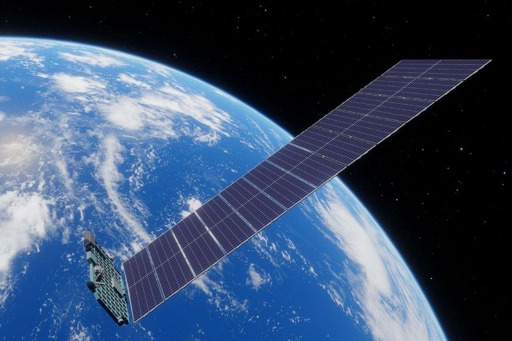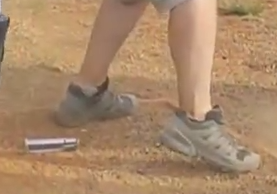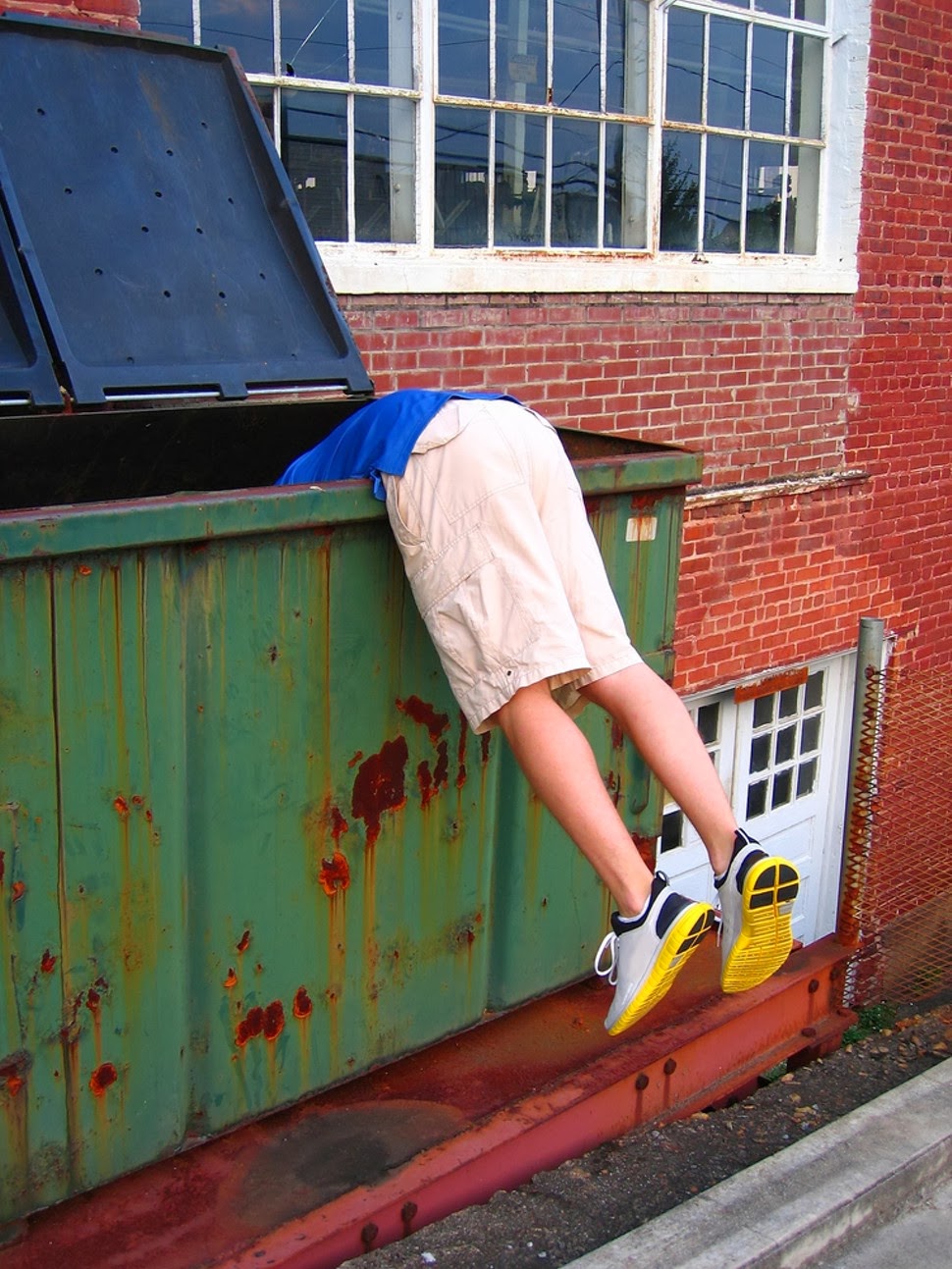- cross-posted to:
- technology@lemmy.ml

I found a YouTube link in your comment. Here are links to the same video on alternative frontends that protect your privacy:

I remember seeing a post about someone on twitter complaining to Elon about his 250 USD monthly starlink bill turning to 1000 dollars and something about unreliability. I wonder how much further it will increase.

A family member has Starlink because they live in a rural area and I think it was basically the only option without cutting down trees. They both mostly work from home but anything past conference calls and email is dog water and gives me flash backs to 56k, like you can stream a show or play a game online, you are not doing both.
Holy shit, at that point just start a jellyfin server so you can have Radarr download your shows in the background.
The headline is pretty misleading. The solar maximimum lowers their time in orbit by up to ten days. The article also mentions that this is beneficial to SpaceX as it means the end of life satellites will re-enter faster, getting them out of the way for their replacements.
this is beneficial to SpaceX as it means the end of life satellites will re-enter faster, getting them out of the way for their replacements
They can deorbit them at any time though?
As far as I’m aware, yes. Maybe the article meant they could use less fuel to do so?
any fuel is… already in space, it’s not like they’re getting it back if they don’t use it
I just looked it up, and yes they deorbit the satellites, but their re-entry orbit takes up to six months. So speeding that up does seem advantageous.
I reread the article, I reckon it’s about satellites in general deorbiting faster to avoid a Kessler syndrome scenario
Sean Elvidge at the University of Birmingham, UK, says this effect could benefit satellite operators like SpaceX by removing dead satellites from orbit more quickly that could otherwise pose a danger to other satellites. “It’s speeding up that process,” he says. However, it could limit our ability to operate satellites in orbits below 400 kilometres, known as very low Earth orbit. “It shows that could be challenging,” he says.
The article also mentions that this is beneficial to SpaceX as it means the end of life satellites will re-enter faster
then just this once our interests align, because that probably lowers the chance of a Kessler Syndrome scenario, which was always my main concern in relation to this satellite swarm bullshit
They’re in way too low an orbit to pose a Kessler threat since any debris would fall back down on a scale of a few months to under a decade. The danger comes from stuff that’s at decade-to-century lifetimes.
Starlink sucks for a bunch of other reasons like the huge rocket emissions to put a bunch of astronomy-polluting garbage in space that’s designed to fail.
They also have massively increased the level of aluminum oxide in the atmosphere from all the satellites burning up (something like a 30% increase over baseline), which might damage the ozone layer.
Apparently half of all active satellites are Starlink and they plan to increase the current number by ~8x.
holy shit, I knew it was bad but not that bad
alexa play red sun in the sky
There’s no possible way they could’ve predicted an unforeseen contingency like this.
who could’ve thought that there was going to be a big bright and hot star just eight light-minutes away from the satellites?
:sicko-sun:


now we are learning just how the sun’s activity can affect [satellites]
Corporate Techbros once again retreading stuff that NASA and the Soviet Union learned in the 60s, because why learn from the past when you can make the dumbest possible decision at every turn?
People in the 60s didn’t even have smartphones or AI, so I mean how smart could they be?
Elon Musk: flings car into space
Space: flings Starlinks back to earth
A deadly laser, you say?
I wish them all a swift return from orbit and minimum return on investment 🙏
Just a minor inconvenience
 Two scoops of razin’, Elon
Two scoops of razin’, ElonHaha


















